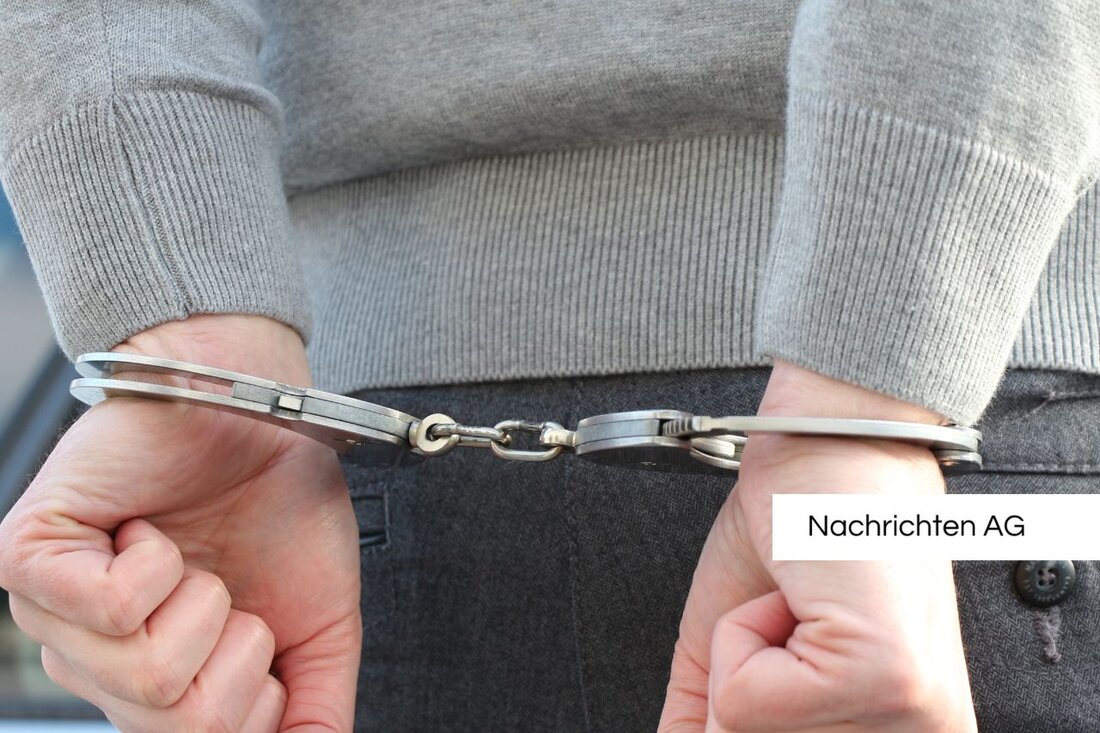Drunk teenagers vandalize cars in Calw – 10,000 euros worth of damage!
In Calw, drunk teenagers destroyed car windows with a screwdriver, which led to arrests and 10,000 euros worth of damage.

Drunk teenagers vandalize cars in Calw – 10,000 euros worth of damage!
In Calw, a tranquil town in Baden-Württemberg, seven car windows were destroyed by three drunken teenagers, including a girl and two boys. The two perpetrators were arrested at the scene, while the third was caught during the course of the investigation. The cause of this vandalism was careless use of a screwdriver, which resulted in significant property damage of around 10,000 euros. Another incident also caused a stir: one of the young people dared to release the handbrake of a damaged vehicle, causing it to roll for a few meters before coming to a stop. These acts highlight the challenges facing youth crime in Germany.
The problem of juvenile crime is not new. According to the bpb, this phenomenon is predominantly male and has no minority structure. In fact, up to 70% of students surveyed say they have committed a crime in the past 12 months. Most young people stop their criminal behavior when they grow up, as serious forms of juvenile crime are the exception. A look at the numbers makes it clear that many young people do not pursue a persistent career in crime.
A look at the statistics
The Statista reports an impressive increase in youth violence, which reached around 13,800 cases in 2024 - more than twice as high as in 2016. Despite this alarming number, there is a decrease in young suspects for all crimes of around 6 percent in 2024. This may have been due to the psychological stress within society increased during the Covid-19 pandemic. What is particularly striking is the high proportion of men among delinquent young people, who represent around 74 percent of boys.
The @bpb points out that the level of crime is not only reflected in the statistics, but also in social perception. This can often lead to young people being labeled as “criminal”, while many only commit crimes episodically. The majority of young people who commit a crime are not repeat offenders, which underlines the need for preventative measures.
Prevention and support
It is clear that prevention through integration and social support is essential to reduce youth crime. Statistics show that boys between the ages of 13 and 18 in particular have committed a crime at least once on average, as the Duisburg longitudinal study confirms. In order to counteract this, child and youth welfare services should be further expanded. Criminal lives can often only be successfully prevented with targeted preventive measures.
The events in Calw make it clear that it is time to focus on the causes and create clearer perspectives for young people. Vandalism is just the tip of the iceberg, hiding deeper social and individual problems. It is important to find solutions together to give young people a positive direction and prevent them from committing crimes.

 Suche
Suche
 Mein Konto
Mein Konto